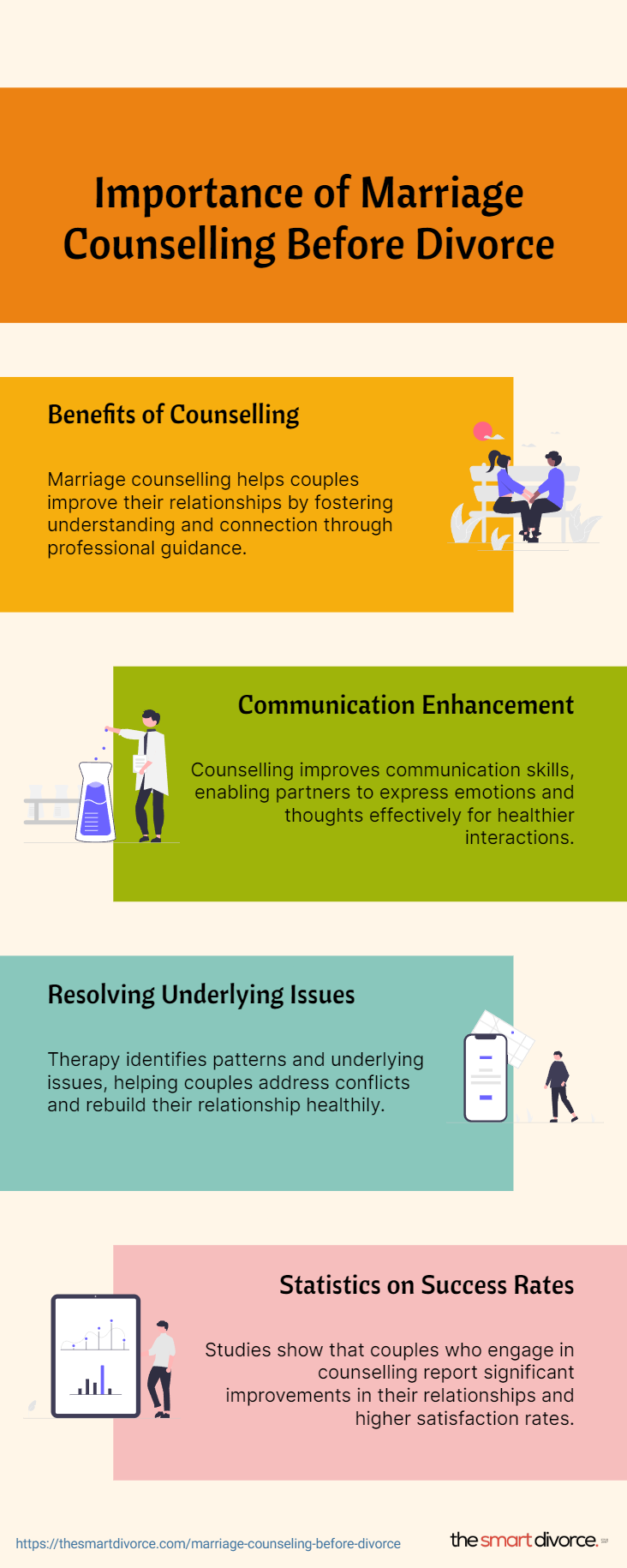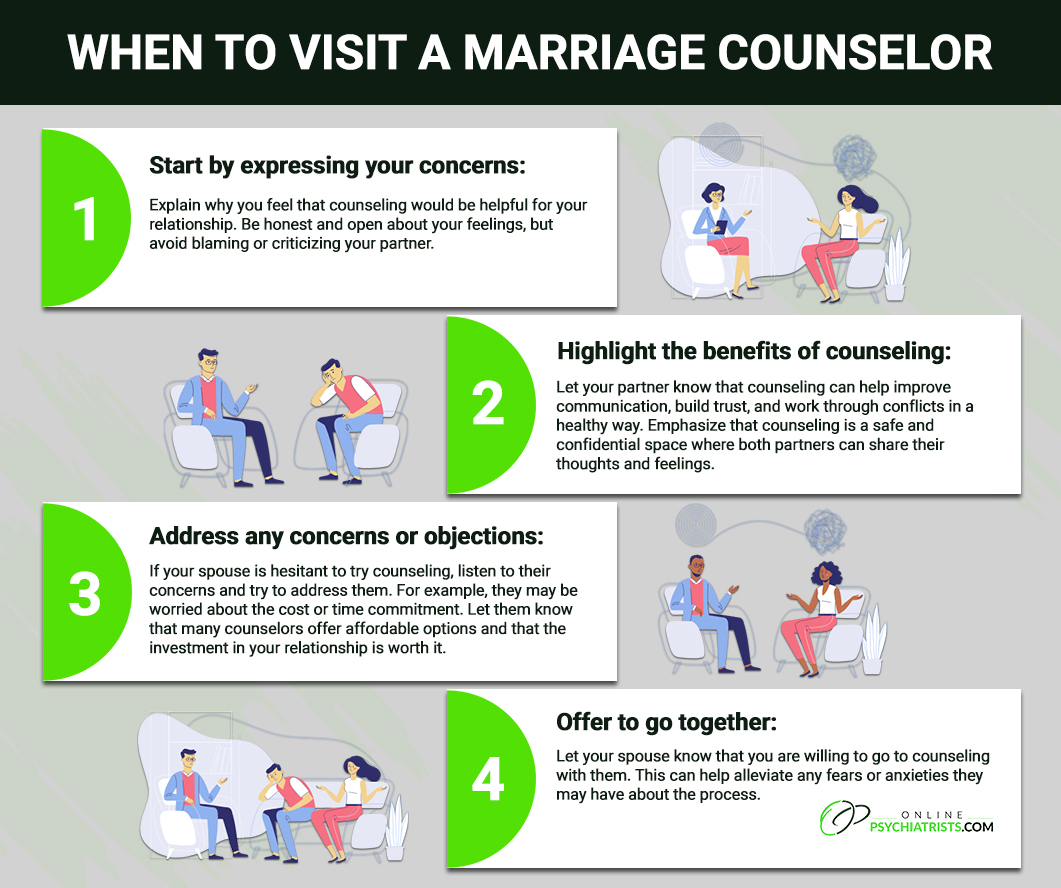An Unbiased View of Aim Point Counseling
An Unbiased View of Aim Point Counseling
Blog Article
Little Known Facts About Aim Point Counseling.
Table of ContentsThe Definitive Guide for Aim Point CounselingAim Point Counseling for DummiesNot known Details About Aim Point Counseling The Aim Point Counseling StatementsGetting My Aim Point Counseling To WorkThe Definitive Guide for Aim Point Counseling
The longitudinal style entails a pre-treatment study and 2 follow-up studies at 3- and 12-months post-intervention. The research is embeded in eight Relationships Australia Victoria centres, across city, outer suburbs, and regional/rural websites. Relationships Australia, a non-government organisation, is the largest service provider of pair counselling and connection services in Australia.
In Australia, the typical size of marital relationship before splitting up is 8.8 years, and approximately half of all divorces involve couples with youngsters [1] These high rates of partnership break down have been constantly connected with adverse wellness consequences for both grownups and youngsters following divorce/separation. These include seclusion from support networks, and reduced income and requirement of living for both grownups and kids [3], issues of loyalty over youngsters for guys, and anxiety and loss of identity for ladies [4,5]
The 6-Second Trick For Aim Point Counseling
The results of divorce and separation can be damaging, study indicates that high relationship dissonance in intact couples is additionally likely to have unfavorable outcomes.
Study to date has actually identified both couple and specific aspects that might add to connection discord. These consist of partnership satisfaction and dedication at the pair level, and depression at the private level.
Facts About Aim Point Counseling Revealed
Partnership fulfillment has been one of the most typical outcome variable determined in even more than 200 examinations of couple coaching [11,12] Studies have discovered significant enhancements in connection contentment from pre- to post-treatment [13,14] and throughout one to two years adhering to therapy [15] In these studies, connection fulfillment was most regularly analyzed making use of the Dyadic Modification Range (DAS) [16] As a result, while most researches suggest renovations in partnership complete satisfaction complying with couple therapy, they are limited by the examples and procedures used, mainly short-term follow-up period, and analyses that do not account for the dyadic nature of couple data. Connection dedication, based on procedures such as the Dedication Supply (CI) [19], is an additional frequently investigated partnership result.
To summarise, study shows that couple-specific variables in addition to individual factors may forecast the results of couple counselling and partnership services. The causal instructions of these connections, nonetheless, is much less clear. These observations are necessary, given that, to warrant and assist the application of relationship solutions such as pair therapy, empirical proof must discover both the results of relationship solutions and the aspects that forecast successful therapy.
There is a growing consensus that efficiency researches should be enhanced by performance research to best educate professional method [ 29] The minimal effectiveness research that exists to date recommends that pair coaching can boost outcomes such as partnership complete satisfaction [33,43], interaction abilities and general wellness [44], at least in some European nations.

We currently recognize little about the accounts of pairs who look for partnership education compared to those that look for relationship counselling, or the outcomes of these programs. Unscientific evidence suggests that there might be significant distress amongst at least some couples seeking connection education and learning. Partnership education and learning programs vary from couple therapy as they are usually very structured, conducted in teams, and concentrate on a mix of four elements; understanding, responses, cognitive change, and skills training [45]
6 Simple Techniques For Aim Point Counseling
Feedback entails individuals completing surveys regarding their relationship (e.g. actions of social problems), and obtaining information on what their scores suggest. Cognitive-behavioural strategies promote altering cognitions to help with positive relationships.
These results have actually lingered for approximately 4 years in some studies [47] These meta-analyses highlight constraints in the present literary works on partnership education. Particularly, the bulk of researches included couples from upper socio-economic histories who were not experiencing high partnership dissonance [47,48] This example account may not stand for clients that typically present for connection education and learning.
Some Known Incorrect Statements About Aim Point Counseling
Really little research has examined the relative advantages of pair counselling and connection education and learning programs. As customers are most likely to self-select right into these service kinds, it is not clear whether particular connection distress profiles existing per solution type, or without a doubt whether there is an interaction between providing account, service kind and end result.
(https://trello.com/w/a1mpoint/members)
Therefore, we have consisted of a 12-month follow-up to assess longer-term trends and check my source results. The research uses a number of standardized result procedures since some prior examinations have been criticised for their lack of standard analysis [50] The usage of analytical analyses that assume independence of information, such as t-tests, or ANOVAs, has been widespread in previous studies [ 44,49]
We propose to use multi-level statistical modelling procedures that control for the inter-dependence of couple data to assess any treatment impacts. The details objectives of the ECC study are to: 1. Map profiles of customers looking for area agency-based pair coaching vs. partnership enhancement programs in terms of socio-demographic and connection indicators (such as partnership satisfaction, connection commitment, interpersonal troubles, and factors for attending), along with health and wellness (such as clinical depression, basic well-being) and health and wellness service use (eg.
Establish whether pair counselling and connection education and learning services improve three- and twelve-month results for relationship satisfaction, dedication, and anxiety, utilizing statistical evaluations proper to couple information. trauma counseling. Figure out the family member payments of client variables (specific and pair) and therapy/education aspects to results at 3- and 12-months, and to sustainability of results over time.
The Aim Point Counseling Statements
Multi-level modelling to identify pre-post distinctions, regulating for dyadic (pair) degree. To contribute to the literary works assessing the performance of community-based couple coaching.
Report this page